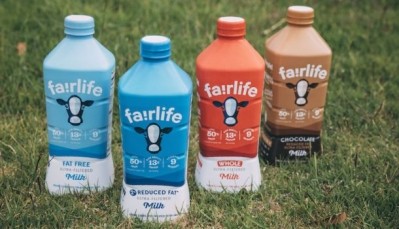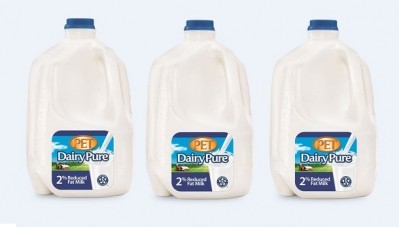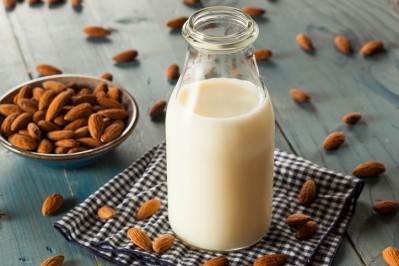School Milk Nutrition Act of 2017 aims to lift declining milk consumption among US students

Low-fat flavored milk was removed from school lunch menus in 2013 as a way to reduce sugar intake among children, but dairy organizations argued that as a result, more and more students stopped drinking milk with their lunch and were not receiving an adequate amount of essential nutrients like protein and calcium.
According to NMPF president and CEO, in the first two years low-fat flavored milk was removed from the school lunch program, the number of school students that drank milk with their lunch dropped by 1.1m.
“Milk is the number-one source of nine essential vitamins and minerals in childrens’ diets, and when its consumption drops, the overall nutritional intake of America’s kids is jeopardized,” Mulhern said.
The bipartisan bill was introduced by US Representatives Glenn Thompson (PA-05) and Joe Courtney (CT-02) who said it would ease “unnecessary regulations” placed on schools to carry milk as part of their school lunch and offer children more milk options.
“By allowing children more milk options – including flavored milk – it is my hope that we will witness consumption return to their historic levels and kids will again be able to enjoy milk,” Rep. Thompson said.
Once enacted, the bill would make the changes to school lunch program, proposed by Agriculture Secretary Sonny Perdue earlier this year, permanent.
Key provisions
Under the new bill, schools will have the option of offering low-fat (1%) flavored milk (rather than only fat-free), but only if the milk contains no more than 150 calories per eight-ounce serving, an effort started by Perdue.
The School Milk Nutrition Act of 2017 would also “eliminate unnecessary and cumbersome paperwork for schools” to carry more milk options and allow milk to be sold in the “same age-appropriate container sizes as competing beverages.”
A pilot program designed to increase milk consumption with a focus on improving packaging, refrigeration, flavors, and merchandising will also be established, according to the bill.
The act also includes a provision to allow participants in the Special Supplemental Nutrition Program for Women, Infants and Children (WIC) to have access to reduced-fat milk for themselves and their children through a written request.
“When kids don’t drink milk, it’s extremely difficult for them to get sufficient amounts of three of the four major nutrients most lacking in childrens’ diets: calcium, potassium, and vitamin D,” Mulhern said.
“This legislation addresses that shortcoming both in schools and in the WIC program.”







